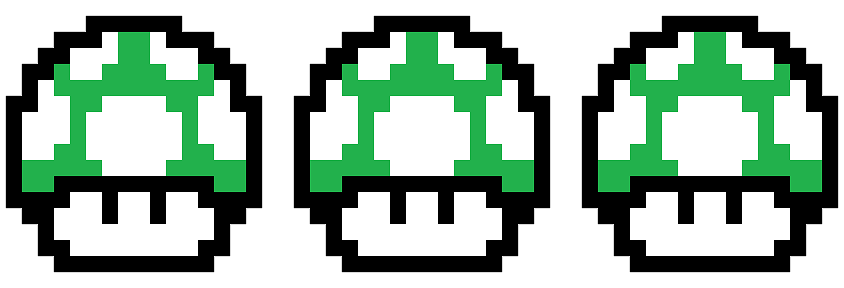The Star Wars
universe is certainly no exception to this, and in fact the term Expanded
Universe is used to refer to the entirety of the officially licensed background
material produced outside of the (currently, as of the time of this writing)
six feature films. While we’re not going
to go too in-depth about specific details here, the ghost writer of the novelization
of “A New Hope” published the first novel in the Expanded Universe, Splinter of the Mind’s Eye, in 1978 and
there were also comics published during this time that contained material set
in the Star Wars universe that was
not directly originated from the main films.
All told, there have been over one hundred novels and multiple comics,
animated series, and video games which comprise the Expanded Universe.
The Heir to the
Empire trilogy by Timothy Zahn, also known as the Thrawn trilogy based on the name of one of the primary characters, has
sold over 15 million copies since its first print, and it was responsible for
bringing new interest to the Star Wars universe
nearly a decade after Return of the Jedi was
released in (1983). Set roughly five
years after the death of Emperor Palpatine and the conclusion of Return of the Jedi, it is a direct
continuation of the events in Episodes IV, V, and VI, and features many of the
characters from the original movies as well as multiple groups of new
characters. The surviving forces of the
Galactic Empire are now being led by the lone remaining Grand Admiral of the
Imperial Fleet, the previously unknown Grand Admiral Thrawn. The Rebel Alliance has now begun to move away
from the temporary organization during the rebellion and is attempting to
create a new government, the New Republic, to once again bring peace to the
galaxy. I’m going to attempt to avoid discussing
spoilers here, but that won’t be entirely possible considering these books are
now over twenty years old and the characters and subjects contained within have
been mentioned elsewhere, some even within Episodes I, II, and III.
.jpg) |
| Star Wars: Heir To The Empire (1991) |

.jpg)